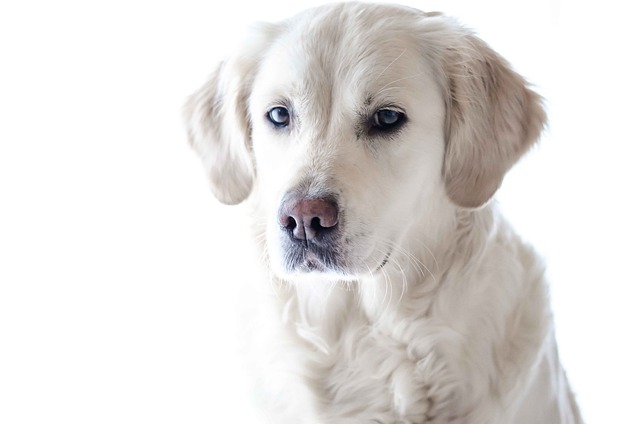
How do i train my dog to be obedient?
Watching your dog dart across the park ignoring your calls isn’t just frustrating—it can put them at risk near busy streets or public spaces.
Training your Labrador puppy those essential first commands blends joyful connection with practical necessity. Forget rigid drills; picture bright-eyed focus, wagging tails, and those heart-melting moments when understanding clicks. It’s about building trust through clear, kind communication, using methods that respect your pup’s intelligence and eagerness to please. Positive reinforcement is the golden key – rewarding desired behaviour instantly with a tiny treat, effusive praise ("Yes! Brilliant!"), or a quick play tug makes learning a game they adore. This approach isn’t just effective; it builds a confident, happy dog eager to partner with you.
Start incredibly simple. "Sit" is the perfect foundation. Hold a small treat near their nose, then slowly lift it up and slightly back over their head. Their bottom naturally sinks down. The instant it touches the floor, say "Sit!", deliver the treat, and celebrate wildly! Keep sessions lightning short – just 2-5 minutes, several times daily. Always quit while they’re succeeding and excited for more. Patience and consistency turn repetition into reliable understanding.
Once "Sit" feels solid in a quiet space, introduce "Down." From a sit, lure the treat slowly down between their front paws, then gently forward along the floor. As their elbows bend and belly touches down, mark it with "Down!", reward instantly, and share their triumph. "Stay" builds on this, starting with just one second of stillness before rewarding. Gradually increase the duration and distance, always releasing them with a clear cue like "Okay!". Rushing creates frustration; let mastery unfold gently.
 "Come" is non-negotiable for safety. Start indoors, distraction-free. Crouch down, open your arms wide, and call their name + "Come!" in an irresistibly happy, high-pitched voice. When they rocket towards you, reward like they’ve won the lottery! Crucially, never call them for something unpleasant (ending play, bath time). Make "Come!" the best sound they hear. Practice relentlessly in increasingly distracting environments.
"Come" is non-negotiable for safety. Start indoors, distraction-free. Crouch down, open your arms wide, and call their name + "Come!" in an irresistibly happy, high-pitched voice. When they rocket towards you, reward like they’ve won the lottery! Crucially, never call them for something unpleasant (ending play, bath time). Make "Come!" the best sound they hear. Practice relentlessly in increasingly distracting environments.
"Leave it" protects them from hazards. Place a low-value item on the floor. The moment they glance away, click or say "Yes!" and reward from your hand. Gradually use higher-value temptations. This teaches vital impulse control. "Drop it" or "Give" ensures safe toy retrieval. Offer an amazing treat near their nose as they hold a toy; most will swap it. Praise the release instantly! This builds cooperation, not conflict.
Consistency is paramount. Everyone must use identical command words and reward enthusiastically. Short, positive sessions beat long, tedious ones. If you feel frustrated, stop – your pup senses it. Redirect sharp puppy teeth firmly onto appropriate chews; teaching gentle mouths early is essential. Remember gentle, positive socialization during their critical window (up to ~16 weeks) – expose them calmly to diverse people, dogs, sounds, and surfaces. This fosters a well-adjusted, confident adult dog deeply woven into family life, respecting shared community spaces and local leash laws.
This training journey is the joyful bedrock of your lifelong bond. It’s not about perfection, but clear communication, mutual respect, and setting your Lab up for success in our human world. Celebrate every small win, laugh through the messy bits, and cherish the profound connection you’re building. The loyal, well-mannered companion by your side makes every moment worthwhile.

Watching your dog dart across the park ignoring your calls isn’t just frustrating—it can put them at risk near busy streets or public spaces.

New puppy owners often find themselves rushing to clean up accidents before they set in, and that’s where puppy pad training becomes a game-changer.

If you've noticed your dog's waistline disappearing and your veterinarian has mentioned those few extra pounds, your first instinct might be to simply reduce the amount of food in their bowl.

Training a dog to use a designated spot indoors isn’t as daunting as many new owners fear, but it does take consistency and an understanding of your pet’s needs.

That moment of dread on a walk is all too familiar for many new dog owners. You see another dog approaching down the sidewalk of your neighborhood

If the sight of another dog on your neighborhood walk makes your heart sink as your own dog erupts into a frenzy of barking and lunging, you're not alone.